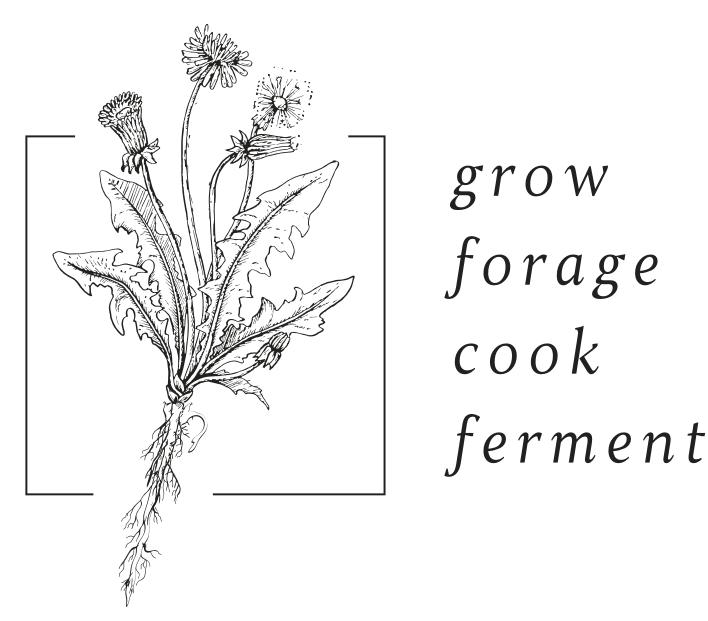Hello! As you may have seen in my Updates and Recent Happenings: Costa Rica! post, Joel and I have recently returned from the wonderful Osa Peninsula in Costa Rica. Even though we were there on our honeymoon, we still couldn’t resist the urge to learn as much as possible about all of the awesome tropical permaculture techniques that were happening all around us.
At two places in particular, Finca Morpho and Saladero Eco Lodge, we were able to document some of the tropical permaculture design and infrastructure they had in place. After going through my pictures I feel like I only got a fraction of what these places are doing, so please keep that in mind.




Next we moved onto the greenhouse, which is more for protection from the elements for seedlings than a traditional greenhouse, since it’s always warm here.





Next I have a few cool things to show you from Saladero Eco Lodge. This lodge was only accessible by boat on the northwest shore of the Golfo Dulce. They aren’t a permaculture farm per se, but they do use a lot of permaculture techniques on their beautiful property. They use pineapple plants to make walkways to the cabins, which makes an edible plant extremely useful. It also keeps people from walking under the coconut trees which can be dangerous!



This next plant is called moringa, which is a highly nutritious plant that some think could end hunger. It is very high in protein, vitamins and minerals and also has medicinal qualities. I guarantee you will be hearing more about this super plant in the future.



Awesome Pic’s Colleen!! I am also very happy to hear Colton and Stephanie made it there, he talked about it
often and now it is happening!!
I have a friend in Yuma Az who is a Hopi Indian and teaches Permaculture! Not the Costa Rica culture but
really permaculture is learning to live, use and make food, etc where you live. He would sure love to see this
place!
anyway thanks for sharing, cool stuff for sure. Can’t wait to see what you do with the knowledge!
suzie
beautiful Colleen! Looks like a paradise for you and Joel!
Colleen, What a fantastic place! I be you can.t wait until you and Joel get your place going? Nam
It really was an awesome trip! We can’t wait until we can buy our own property!